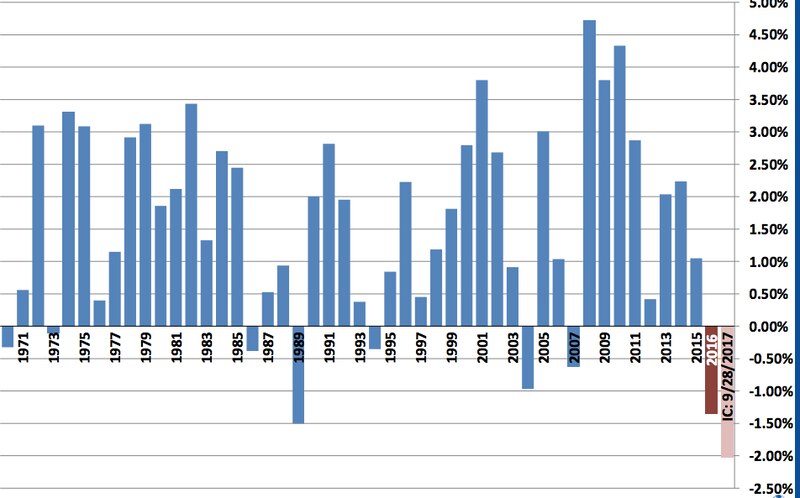Aurora Public Schools is seeing the largest decline of students in decades, and it is likely that the enrollment numbers will not improve for five more years, school officials said on Tuesday.
Even as the student population drops, the decline is not uniform across the city, and the recovery may not be either, officials said. The largest loss of students is in the northwest corner of the city, an area of high poverty, while most growth is likely to be in the eastern portion of the district, near Bennett, officials said.
Those trends, derived from the district’s daily tracking of enrollment and presented to the school board on Tuesday, will present a set of different challenges in each part of the district and the district’s long-term strategic plan for addressing them expired this year.
“A question the entire community is going to have to answer is how can we rest assured that we’re going to be able to provide educational opportunities to all kids, understanding that we have some pretty dramatic differences,” said Anthony Sturges, chief operating officer for the district.
Enrollment for the district, according to numbers from the end of September, is about 41,250. That is down from a peak of 42,569 in 2015.
Officials said they expect the decline to reverse in about five years, giving them time to think and plan for the kind of district they would like to see emerge out of the enrollment trends.
Superintendent Rico Munn said he will seek information and advice to develop a strategic plan to guide the district through the transition. He proposed a set of seven questions to put to the community, including how to plan for or fund new buildings or how to modify existing ones. With the projections, it is possible the district will have to find ways to pay for new school buildings while also finding ways to cut costs at underutilized ones elsewhere.
Board members agreed with the superintendent’s proposed questions and lauded his proposal as proactive.
Last year, the school board had to make budget cuts mid-year as enrollment numbers dropped beyond what was expected. The district then went through a community process to find ways to shrink the 2017-18 budget by as much as $31 million. Ultimately because state funding was more generous than expected, not all of those budget cuts were made, but many schools still had to make staffing cuts for the current school year.
This year, because the enrollment drops were closer to what was predicted, no mid-year budget cuts are expected.
When the district first started seeing a significant drop in enrollment, officials were hopeful that the trend would only last a couple of years. Historically, an enrollment decline in Aurora schools has always reversed the next year. But that is not what officials are seeing this time.

They attribute the decline this time to a variety of factors, including a lower birth rate, the increased cost of housing for families and an increase in the number of school options not managed by the district. But the geographical variation in the losses has much to do with development, which has varied throughout the city, and the trends are expected to continue.
In northwest Aurora, near the border with Denver, planned redevelopment will market to young professionals, not necessarily families. That, along with a continued increase in property values in that area, will likely keep pushing families out, especially many who live there and are of low-income status. Some schools in that area are still over 90 percent filled, but are not as overcrowded as other schools in the district.
Meanwhile near Aurora’s eastern boundary with Bennett, officials said there are two large housing developments being planned.
“We have not much out there and Bennet has nothing out there, and they’re talking about dropping 10,000 homes in the next 10 years,” said Superintendent Rico Munn. “We need to be thoughtful and creative about how we respond to those kinds of challenges and plan ahead for it, so that we’re not putting kids on buses for two hours to get to a school.”
Between 2010 and 2016, the population within the Aurora Public School boundaries increased for all age groups, except for children 0 to 5 years old, which saw a 7 percent decrease in population. It was not just Aurora that saw this decline, officials said. A lower birth rate during the recession affected communities across the state and the country.
But increased housing costs — up almost 40 percent in Aurora in less than 10 years — have also driven people out of the district, as well as some neighboring communities.
Most troubling to officials: enrollment increases at the same time to Aurora schools not under the district’s control.
Charter schools operating within the district are enrolling more students every year and the district expects that to continue. In 2016, charter schools had 4,399 students. This school year, charters have an estimated 5,027 students. By 2021, charter schools are expected to be educating more than 6,000 Aurora students, officials said.
Some of those schools, like HOPE Online and Roca Fuerte Academy, are authorized by other school districts.
At the same time, technological advances in the next decade could make online options attractive for more families, officials said, meaning the district should also consider district-run alternative models.
“Choice is here and choice will continue to be here,” said Superintendent Munn. “The question for us in large part is how much of this does this board manage? How much of this does this board get to really own and decide how that will be able to partner with this district?”
The 7 proposed questions to consider:
- 1. What does the system of schools that serves students in APS boundaries look like to ensure equitable opportunities for all our studnets?
- 2. What does the system of traditional schools look like to ensure equity of educational opportunities across the entire district in service of APS 2020 goals and goals of future strategic plans?
- 3. How should APS meet the demands of growing enrollment in some parts of the district, particularly in areas with new developments?
- 4. How should APS respond to schools that are seeing declining enrollment as a result of a number of factors?
- 5. What types of instructional opportunities should the district offer for students?
- 6. How do we plan for and fund new facilities or modify existing facilities to support that system and in light of anticipated and unanticipated changes?
- 7. What is the relationship between APS and charter schools?

